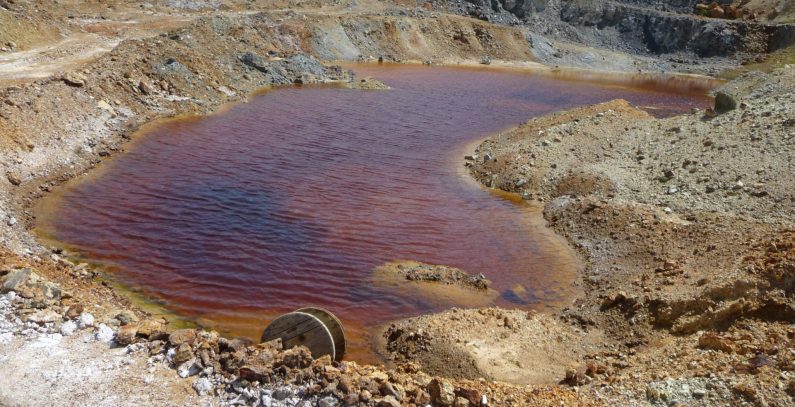

The European Commission has now finalised the Best Available Techniques document for the Management of Waste from the Extractive Industries, in accordance with Directive 2006/21/EC, abbreviated as MWEI BREF. This document is a review of the Reference Document for Management of Tailings and Waste-Rock in Mining Activities (MTWR BREF).
This review is the result of an exchange of information between experts from EU Member States, industries concerned, non-governmental organisations promoting environmental protection and the European Commission. The reviewed document presents up-dated data and information on the management of waste from extractive industries, including information on BAT, associated monitoring, and developments in them. It is published by the European Commission pursuant Article 21(3) of Directive 2006/21/EC on the management of waste from extractive industries.

This document presents data and information on the following: – General information and key figures on extractive industries in Europe, extractive waste generation, extractive waste facilities and key environmental issues (Chapter 1). – Applied processes and techniques for the management of extractive waste (Chapter 2). – Emission and consumption levels resulting from the management of extractive waste (Chapter 3). – Techniques to consider in the determination of Best Available Techniques (Chapter 4). This includes generic management and waste hierarchy techniques, risk-specific techniques to ensure safety, techniques for the prevention or minimisation of water status deterioration, techniques for the prevention or minimisation of air and soil pollution and other risk-specific techniques. – Best available techniques conclusions (Chapter 5). – Emerging techniques (Chapter 6). This includes techniques that were reported at different levels of technology readiness. – Remarks and recommendations for future work (Chapter 7).
Σχόλιο:
Στο πλαίσιο εφαρμογής της Οδηγίας 2006/21/ΕΚ για τη διαχείριση των αποβλήτων της εξορυκτικής βιομηχανίας, είχε υιοθετηθεί από την Ευρωπαϊκή Επιτροπή σχετικό εγχειρίδιο BREF (January 2009, BREF codeMTWR) όπου περιγράφονται οι βέλτιστες διαθέσιμες τεχνικές (ΒΔΤ), όσον αφορά στη διαχείριση των στείρων εξόρυξης και των αποβλήτων κατεργασίας (τελμάτων) που παράγονται από τις εξορυκτικές δραστηριότητες.
«Βέλτιστες Διαθέσιμες τεχνικές διαχείρισης των αποβλήτων της εξορυκτικής βιομηχανίας-εγχειρίδιο BREF»
Αυτό το BREF αναθεωρείται πλήρως με την παρούσα έκδοση του MTWR BREF .
Για τους μη εξοικειωμένους υπενθυμίζεται ότι Βέλτιστες Διαθέσιμες Τεχνικές (ΒΔΤ) θεωρούνται οι τεχνικές οι οποίες συμβάλλουν στην πρόληψη ή τον περιορισμό της ρύπανσης, μπορούν να υλοποιηθούν αποτελεσματικά και είναι οικονομικά και τεχνικά εφαρμόσιμες ενώ παράλληλα είναι σε συμφωνία με τα σχετικά εγχειρίδια BREF (ΒΑΤ Reference Documents – BREFs) . O oρισμός των BAT’s σύμφωνα με την ελληνική νομοθεσία στο άρθρο 16 παράρτημα Ι της ΚΥΑ ΗΠ 11014/703/Φ104/14.03.2003
Aναθεώρηση των Βέλτιστων Τεχνικών (ΒΑΤ) στη διαχείριση των εξορυκτικών αποβλήτων
Βέλτιστες Διαθέσιμες Τεχνικές (ΒΑΤ΄s) και Εξορυκτική Βιομηχανία
Π. Τζεφέρης
